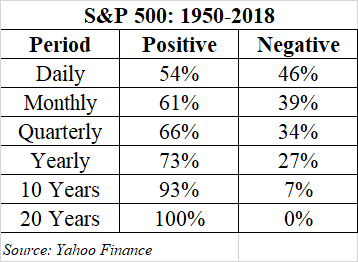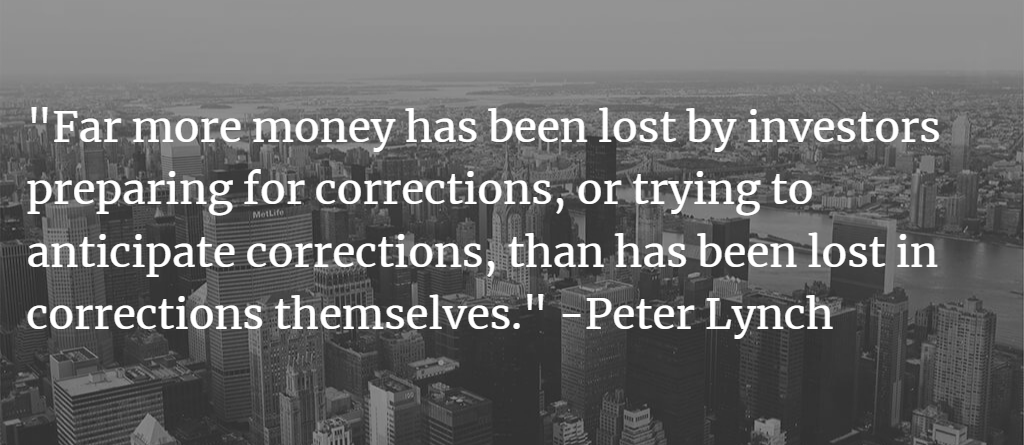Market Timing: A Losing Strategy
-
The academic/theoretical answer. Markets are mostly efficient which means that information that can be used to predict a company’s future has already largely been incorporated into today’s price. Therefore, only unforeseen events can affect stock prices, and unforeseen events are unpredictable by definition.
-
The concept of “Reflexivity” which was popularized by George Soros, and is more grounded in reality. It states that a two-way feedback loop exists in which investors’ perceptions affect the environment, which in turn changes investor perceptions. In other words, if investors think something will happen, they bet in that direction, changing the risk/return dynamics of the market, reducing the payoff of being right, and changing what investors think will happen. Imagine aiming at a target, where the act of aiming changes where the target will be.
-
The sheer number of variables at play in the market are computationally intractable. Some of those variables are obvious; geopolitical news, economic releases, and individual company factors, but that is just scratching the surface. Consider things like the weather, floods, hurricanes, earthquakes, international money flows, regulatory rulings, technological advances, terrorist attacks and even the tone of the media. Most of the time these variables are sending competing signals that are chaotic and unpredictable.
-
And arguably the most important concept; the idea that the market is made up of individuals and all the emotional irrationality that comes with them. There is something about the market where every few years everyone forgets that markets can go down as well as up. It is hard enough trying to figure out what economic releases are saying about the future of the economy, but if market participants are just going to ignore it anyway and chase the most recent get rich quick fad, it just adds another layer of unpredictability. As Isaac Newton said, “I can calculate the motion of heavenly bodies, but not the madness of people.”

Disclosures: This blog expresses the views of the author as of the date indicated and such views are subject to change without notice. Globescan Capital, Inc. has no duty or obligation to update the information contained herein. Further, Globescan Capital, Inc. makes no representation, and it should not be assumed, that past investment performance is an indication of future results. Moreover, any information or opinions contained in this blog are not intended to constitute a specific recommendation to make an investment.
The information contained herein does not constitute and should not be construed as an offering of advisory services or an offer to sell or solicitation to buy any securities or related financial instruments in any jurisdiction. Certain information contained herein or linked to is based on or derived from information provided by independent third-party sources. Globescan Capital, Inc. believes that the sources from which such information has been obtained are reliable; however, it cannot guarantee the accuracy of such information and has not independently verified the accuracy or completeness of such information or the assumptions on which such information is based.






